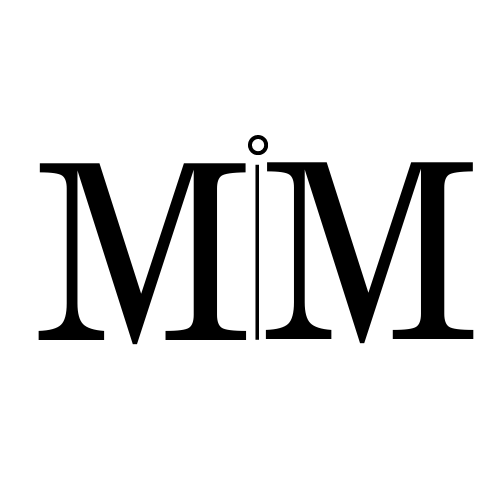Skincare Basics
I must have been about 12 years old when my older sister, who was visiting us, asked if she could borrow my face cleanser.
"I don't have one," I answered.
"Well, what do you use to clean your face?"
"Soap," I replied.
I wasn't kidding. We were raised by the world's most unvain mother who had absolutely no interest in frivolous things such as makeup or skincare. However, my sister, being older, had already learned about such things.
That same afternoon, she took me to Boots and bought me a cleanser, toner, and face cream. As we wandered the aisles, she explained, "You wash your face with this first, using a cotton pad, and then you need a toner to tighten your pores, then the cream." I'm showing my age a bit because this was in the era when most people believed you needed a stringent toner to "close" your pores.
We have come a long way since then in terms of advances in skincare and our understanding of how the skin works.
Before I start, I want to make it perfectly clear that anytime I talk about anti-aging or looking younger, I am referring to looking your best at your specific age. Aging is a blessing not everyone gets to experience, and getting older is a natural cycle of life that I can only hope to reach.
Good skin starts from the inside
This fact becomes truer as time passes. Youth can mask a few sleepless nights and a bad diet, but that seems to change around 30 when the earliest signs of aging begin to appear. This is around the age we begin to notice the collagen loss that has been underway since about age 24. We see this as fine lines or skin that appears slightly less plump. This is also around the age women become mothers. The hormonal tsunami of pregnancy and postpartum period, as well as the sleepless nights of motherhood, can all conspire to leave a mother feeling depleted and, by extension, intensify natural aging.
1. Cleanser
There are many types of cleansers, such as milk, gel, micellar, and balm. As a general rule, cleanse first with a balm or micellar water as they are best for removing makeup, sunscreen, and body oils. Follow with another cleanser of your choice. Do the two cleansers have to be different? According to many skincare experts, no, they do not. What is important is giving your skin the right attention to clean it properly.
My current favorite oil cleanser, acid cleanser, micellar water.
2. Toner
It used to be thought that toners close pores that were opened either on their own or via the cleansing process. However, this is not the case, as pores cannot be opened and closed in this fashion. Pores only appear open due to loss of elasticity in the skin. Filling the pore, for example, with silicone (primers) or having treatments that increase the skin's elasticity, are the only ways to make them appear smaller.
Today, toners are used to rehydrate the skin, return it to optimal pH after cleansing, and provide a conductive layer that helps other ingredients seep better into the skin.
My current favorite toner.
3. Serums
This is where you provide your skin with active ingredients that can replenish it. You might opt for a vitamin C serum, which is a powerful antioxidant, or niacinamide that brightens the skin. If it's during the day, you might choose a brightening serum like alpha arbutin. If it's nighttime, you might use azelaic acid or tretinoin.
My current favorite serum for melasma.
4. Cream
This is an occlusive layer that helps seal in all the hydration from the toner and serum, as well as prevent transdermal water loss (water you naturally lose from your skin that contributes to skin drying).
My current face cream.
